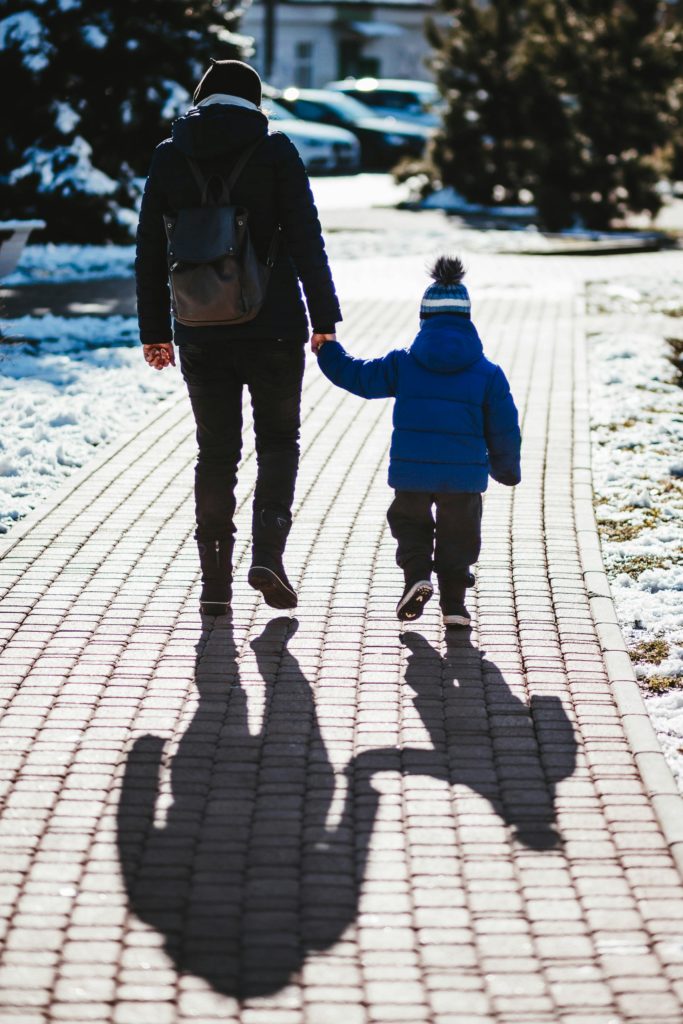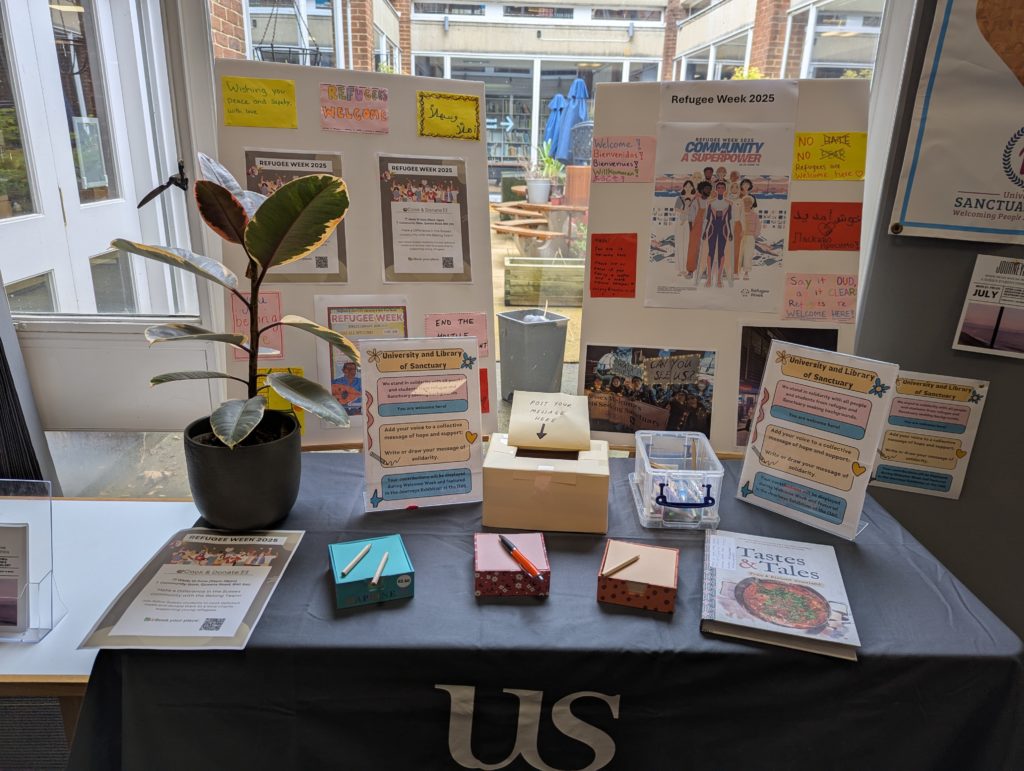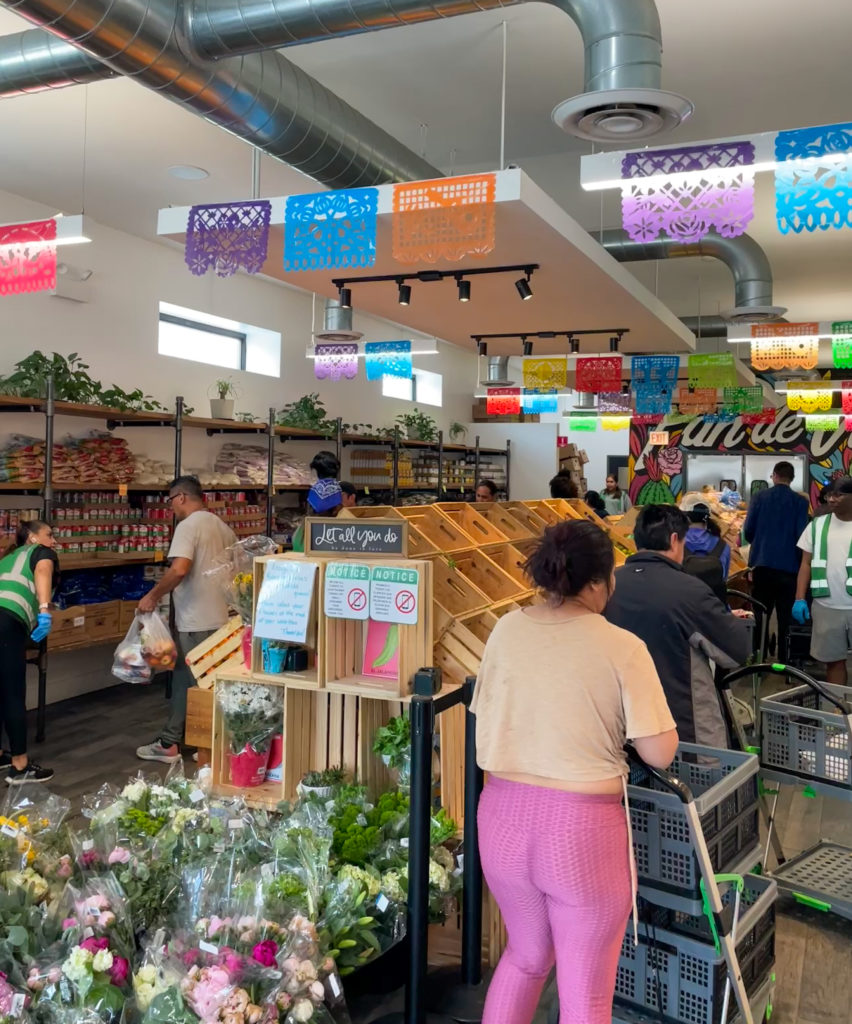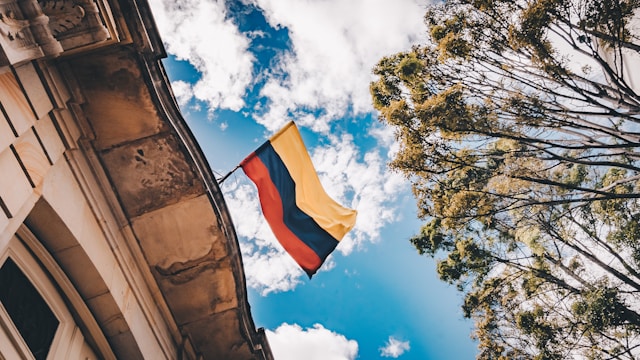Ridam Gangwar – Dr. Ram Manohar Lohiya National Law University, Lucknow (India) – Final Year B.A. LL.B. (Hons.) Student and Researcher in Migration and Law
The UK’s attempt to negotiate migrant returns deal with France – with apparent EU support –may seem like yet another step in Fortress Europe’s expansion. But unlike deals with Tunisia, Libya, or Albania, this arrangement brings the logic of legal outsourcing into Europe’s core, by using a former EU member state as a return destination without CEAS safeguards. This model sidesteps the obligations and oversight mechanisms outlined under the Common European Asylum System (CEAS), particularly Article 78(1) TFEU and the Dublin III Regulation.
This is not just another externalisation agreement – it is a constitutional development that threatens to replace EU asylum law with a patchwork of bilateral deterrence regimes and may permanently fracture the idea of a common asylum system.

Bilateral Returns and the Undermining of CEAS
The UK, under the new Labour government led by Keir Starmer, is seeking a bilateral returns arrangement to send irregular Channel-crossing migrants back to France and a formal agreement has now been reached and according to reports EU–level support is anticipated, even if formal re–entry into the Dublin system remains off the table.
Yet this moves cuts directly against the core principles of the CEAS: solidarity, harmonised procedures, and equal protection. Article 78(1) TFEU mandates a “common policy on asylum”. The Dublin Regulation (Reg. No. 604/2013), though contested, institutionalises burden–sharing and prevents forum–shopping and ad hoc outsourcing it prevents the Undermining the CEAS’s institutional coherence.. If the UK – a third country with no access to CEAS enforcement tools such as Eurodac or the Charter is permitted to return migrants into EU jurisdiction, this weakens the mutual trust principle that underpins the CEAS legal framework. This opens the door for third countries to become active participants in internal asylum redistribution, a legally untested and constitutionally awkward mechanism. Permitting Member States to outsource protection obligations to third countries particularly ones no longer bound by the Charter of Fundamental Rights –undermines the uniformity that Dublin III (Reg. No. 604/2013) was designed to enforce, replacing a coordinated regime with fragmented bilateralism. The EU has criticised such fragmentation elsewhere – it cannot now legitimise it internally without sacrificing both legal coherence and credibility.
Italy Albania and Externalisation Precedent
This is not an isolated development. Italy’s 2023 deal with Albania – allowing asylum seekers rescued at sea to be processed in Albanian territory – mirrors the UK–France logic of offshoring processing and legal responsibility, albeit with the UK no longer legally embedded within the CEAS regime, the difference here is that the UK, unlike Albania, is a former Member State, raising questions about constitutional forum-shopping from within the EU’s own legal past. This is intended to prevent disembarkation, deter future arrivals, and bypass EU procedural safeguards.
A bilateral externalisation agreement such as the UK – France deal risks operating entirely outside these judicially required safeguards, sidestepping both Charter standards and judicial review. At the time, legal scholars raised alarm over potential violations of procedural guarantees, limited access to remedies, and risks of refoulement – issues relevant under both Article 18 (right to asylum) and Article 19(2) (non–refoulement) of the Charter of Fundamental Rights. The CJEU further elaborated in Jawo v. Germany (C–163/17) that asylum seekers must not be transferred under Dublin where there is a real risk of inhuman treatment due to deficiencies in the reception system. Instead of resisting this drift, the UK – France case shows the EU acquiescing in the Balkanisation of asylum governance even with a third country no longer bound by the Charter or the CEAS. This sets a dangerous precedent for legal inconsistency, constitutional forum – shopping, and the hollowing out of a rights–based asylum regime.
Legal Grey Zone of UK France Arrangement
From a legal standpoint, the proposed UK – France arrangement occupies a troubling grey zone. For the UK to send asylum seekers to France, two legal routes could be pursued, first, classifying France as a safe country of return under UK domestic law, or striking a bespoke bilateral deal with France, potentially invoking Articles 78(3) and 216 TFEU.
Under Article 78(3) TFEU, the EU can take provisional measures in cases of sudden inflow –but it is the Union, not individual Member States, that acts. This mirrors the concerns raised in the CJEU’s judgment in N.S. v. Secretary of State for the Home Department (C–411/10), where the Court held that Member States must not transfer asylum seekers if systemic deficiencies in the receiving state’s asylum system risk violating Article 4 of the Charter (prohibition of inhuman or degrading treatment). Moreover, the Dublin Regulation (currently being replaced by the Asylum and Migration Management Regulation) was designed to prevent precisely this kind of ad hoc, opportunistic returns diplomacy.
Procedural and Rights Risks: The Subtle Yet Profound Shift and Political Temptations at Constitutional Cost
Beyond institutional risks, this model threatens the individual rights that CEAS was meant to guarantee. The European Court of Human Rights in M.S.S. v. Belgium and Greece (App. No. 30696/09) held that the transfer of an asylum seeker’s application under the Dublin system violates Articles 3 and 13 ECHR due to inhuman detention conditions and the lack of effective remedies in Greece. As past jurisprudence shows returns without safeguards risk violating non-refoulement and due process. The UK–France joint declaration promises “expeditious” returns “in accordance with national law” but offers little clarity on rights protections.
Politically, such deals offer quick wins. For the UK, it signals “control” post – Brexit. For France, it shifts the burden. For Brussels, it reduces irregular inflows. But the constitutional cost is immense. This trend also Jeopardises “common” asylum policy and solidarity mechanisms as such deals undermine burden-sharing and erode trust.
The EU is constructing a Neo – Dublin architecture which risk’s establishing a stratified asylum system driven not by legal harmonisation or rights protection, but by deterrence and geopolitical expediency.
Europe Must Choose Legal or Logistical Unity
The UK–France deal would mark the first attempt to integrate a non-EU third country into the operational returns structure of CEAS –without access to its legal instruments or safeguards. The UK–France deal is more than a migration control measure. It is a constitutional test – not of Europe’s borders, but of its legal identity. If such practices continue, CEAS risks becoming an empty façade of shared governance without legal substance.








Borders, belonging and ballots: the electoral marginalization of self-settled refugees in Tanzania
Leonard Chimanda, Postgraduate Researcher, Faculty of Social Sciences: School of Law
With just few weeks to go until Tanzania’s General Election on October 29, 2025, my mind turns to the significant democratic process unfolding in my home country. During my fieldwork in Kigoma villages, Tanzania, earlier this year, researching durable solutions for self-settled refugees in the area, the lack of voting rights for this population became apparent. Many refugees in the villages fled the Hutu-Tutsi conflict in Burundi and arrived in Tanzania in 1972 and are approaching their 53rd year without the right to vote in not only general elections but also local government elections. This creates a clear democratic gap in the country, which hosts a significant group in a situation of protracted displacement and whose political needs and preferences are ignored.
Contextualizing the 2025 Tanzanian General Election
Tanzania’s electoral landscape is dynamic, with the National Electoral Commission pledging a transparent, fair, and peaceful process. The commission has confirmed arrangements for 99,911 polling stations across mainland Tanzania and Zanzibar, with over 37 million registered voters. Notably, for the first time, prisoners will be allowed to vote in the presidential election, albeit with certain security restrictions. I find it striking, and somewhat confusing to understand, that prisoners are being granted this right while refugees, who have committed no crime other than fleeing war, are excluded; a disparity that feels contrary to principles of humanity, equality and social inclusion.
The context of Refugees in Kigoma villages
The plight of self-settled Burundian refugees in Tanzania is particularly complex. The Hutu Burundian refugees in Kigoma villages share the same ethnic origin as the surrounding local Ha community; their languages are mutually intelligible, reflecting the arbitrary nature of borders drawn during the 1884 Berlin Conference. This cultural and ethnic affinity with their host community is one of the factors that underpin my argument that a grant of voting rights to these refugees should be considered. Furthermore, repatriation to Burundi is challenging due to their lost connections with their country of origin, and resettlement to a third country isn’t a viable option for most. As such, for the more than 20,000 refugees present in Kigoma villages, a local solution (naturalization or grant of permanent residence status) in Tanzania would be the most plausible path. The majority were born in Tanzania, fostering deep bonds and potential sense of belonging with the country. I imagine as a parent seeing my child grow into adulthood without ever having voted and this makes me think of my own lovely daughters Samantha and Sharon, the thought fills me with sadness.
What are the Legal Standards on Voting Rights for Refugees?
There is a developing scholarship advocating for the enfranchisement of refugees. Bender for instance, argues that, if they are affected by decisions of their host state, refugees should be granted the right to vote immediately after they get refugee status. Nonetheless, the presumption that refugee status is temporary has generally led to limited right to vote. The general presumption has been that refugees will go back to their countries of origin, immediately after the situation that made them flee ceases. This presumption has made most countries in the world exempt refugees from voting.
Only a few countries allow refugees to vote. In Malawi, for instance refugees who have stayed in the country for at least 7 years can vote in general elections. The same is accorded to refugees in Chile, Ecuador, New Zealand and Uruguay with varying length of residency requirements; from 1 year in New Zealand to 15 years in Uruguay. Other countries though do not allow refugees to vote in national elections they grant voting rights to refugees during local government elections. In Sweden for instance, refugees who have been in the country for a minimum of 3 continuous years are allowed to vote in municipal and county elections. Another example can be picked from the United Kingdom where though voting rights are not granted to refugee per se, refugees who are Commonwealth citizens have voting rights during parliamentary and local government elections.
While refugee exemption from voting rights can be justified, especially because of the temporality of the refugee status, the protractedness of refugee situation presents a separate case worthy to bring a different policy paradigm. In a protracted refugee situation, refugees stay in a host country for a long time without a prospect of a durable solution. In these circumstances and with time, refugees become detached from their countries of origin and become attached to their host states to the extent that the host state becomes their only hope where their rights including voting rights can be realized. The United Nations Refugee Convention of 1951 is silent on refugees’ right to political participation, as is the OAU Refugee Convention of 1969. This brings me to a question: to what extent does international refugee law address refugee problems, especially protracted refugee situations in the Global South? This question aligns with third world approaches to international law (TWAIL). TWAIL critiques the relevance of international law for marginalized groups in the Global South. Particularly, the second phase of TWAIL (TWAIL 2) while acknowledging the coloniality of international law, holds States in the Global South responsible for their failure to protect their own marginalized people even in circumstances where they can. TWAIL 2 points out human rights violations as an example of state oppression against marginalized people in the Global South countries. Affirming this TWAIL 2 proposition, Tanzania, which hosts over 200, 000 refugees (including refugees in Kigoma villages) in situation of protracted displacement, does not grant them voting rights neither during national elections nor during local government elections.
The Global Compact on Refugees (GCR), a current implementation framework of international refugee law, while silent on political rights for refugees, nonetheless recognizes the precarity of refugee livelihoods especially in a protracted situation. The GCR calls for international cooperation in finding solutions for refugees in protracted displacement appreciating the fact that most of these people are in Global South countries whose economy is unstable.
Refugees in Kigoma villages have not exercised voting rights for more than 50 years since their arrival in 1972. Most of them were born in Tanzania and there is currently a fourth generation of these refugees in the country. Many of them know next to nothing about Burundi (their country of origin) and they consider Tanzania their ‘home’. They are emotionally and materially attached to Tanzania, making important economic contributions to the country, unlikely to return to Burundi, and they are affected by decisions made by political leaders elected through general elections. It is therefore pivotal and logical that the country re-considers extending voting rights to this population.
Way forward
Tanzania approaches its general election: a critical moment in democratic states. Reflections on inclusivity, democratic engagement, and the rights of all residents including long-standing refugee populations are vital. Recognizing the fact that protection of refugees is the responsibility of the international community and informed by the spirit of the Global Compact on Refugees, I call for effective international cooperation especially in identifying protracted refugee situations and offering appropriate support to host states towards comprehensive solutions.
Posted in Migration Comments, Migration Research